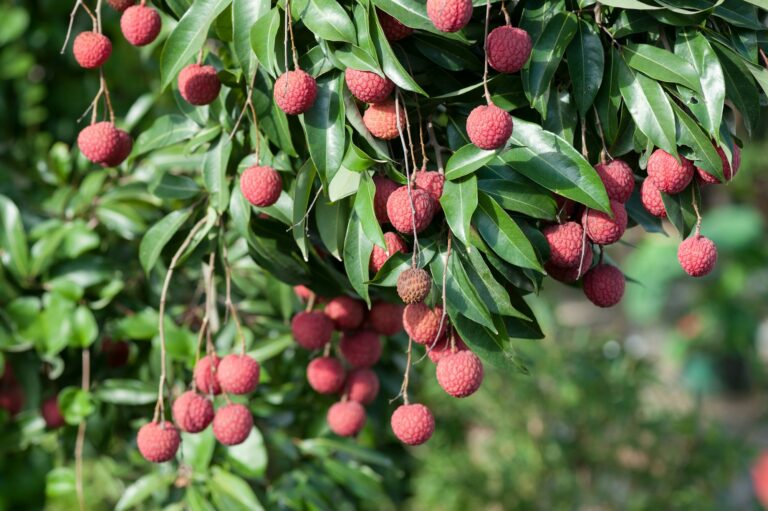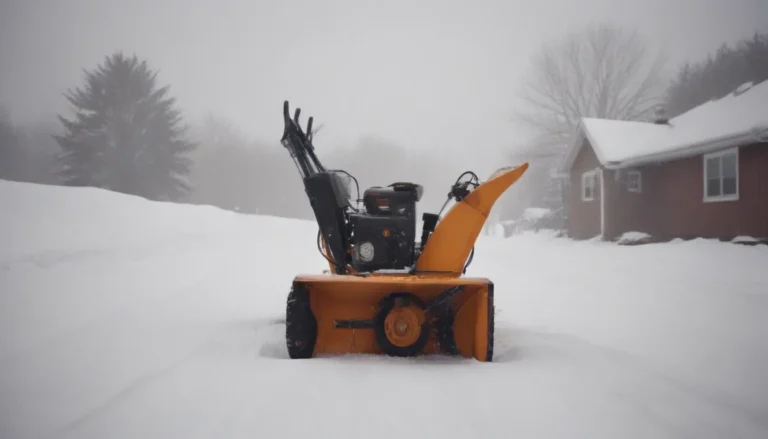The Ultimate Guide to Fall Lawn Overseeding

Hello, fellow lawn enthusiasts! Are you looking to give your lawn a little extra love and care this fall? Well, you’re in luck because overseeding is the perfect way to rejuvenate your grass and ensure a lush, healthy lawn come springtime. In this comprehensive guide, we’ll walk you through everything you need to know about fall lawn overseeding, from the reasons behind it to the step-by-step process of how to overseed your lawn like a pro.
Reasons to Overseed
So, why should you consider overseeding your lawn this fall? Here are a few compelling reasons to give your grass a little extra TLC:
- Prevent your lawn from becoming old: A lawn that’s never overseeded will eventually start to show signs of aging. By overseeding, you can introduce new grass varieties that are more resistant to drought, disease, and insect damage, ensuring your lawn stays healthy and vibrant.
- Promote vigorous growth: Overseeding can help fill in thin or bare areas, giving your lawn a thicker, fuller appearance. This can also help prevent weeds from taking over and improve your lawn’s overall resilience.
Why Overseed in the Fall?
While you technically can overseed in the spring, fall is widely considered the best time to do it. Here’s why:
- Ideal growing conditions: Cool nights and mild, shorter days provide the perfect environment for seed germination. Grass seed can retain moisture better in the fall, and seedlings can thrive without the scorching heat of summer.
- Avoid herbicide interference: If you use pre-emergent herbicides to prevent crabgrass, spring overseeding is out of the question. These herbicides can inhibit seed germination for up to 12 weeks, making fall the better choice for overseeding.
How to Overseed Your Lawn
Ready to get started with fall lawn overseeding? Here’s a simple step-by-step guide to help you through the process:
- Aerate the lawn: Before overseeding, it’s essential to aerate your lawn to allow the new seed to penetrate the soil effectively. This will help improve seed-to-soil contact and encourage better germination.
- Apply the seed: Use a fertilizer spreader to evenly distribute the grass seed at the recommended coverage rate. Try to ensure the seeds fall into the aeration holes for optimal germination.
- Fertilize: Follow up with an application of fall fertilizer on the same day as the seed. This will provide essential nutrients for the new grass to thrive.
- Water, water, water: Water the lawn once or twice daily until the new grass has started to grow. It may take a couple of weeks for the seed to germinate, so be patient.
- Mow as usual: Continue to mow the lawn as needed until it stops growing for the season. This will help promote healthy growth and prevent the grass from becoming too long.
Choosing the Right Seed
When it comes to overseeding your lawn, selecting the correct type of grass seed is crucial. Here are a few things to consider:
- Climate suitability: Make sure to choose a grass seed that is appropriate for your climate, whether it’s a cool season or warm season grass. This will ensure that your grass thrives in its environment.
- Lawn use: Consider how your lawn is used when selecting seed. High-use areas may require more durable grass varieties, while low-maintenance areas may benefit from aesthetically pleasing options.
- Quality matters: Invest in high-quality grass seed to ensure the best results. Cheaper seed options may contain filler like weed seeds or perform poorly, leading to disappointing outcomes.
In conclusion, fall lawn overseeding is a fantastic way to rejuvenate your lawn and ensure a vibrant, healthy yard next spring. By following these simple steps and guidelines, you can achieve professional-looking results and enjoy a lush, green lawn all year round. So, grab your seed spreader and get ready to give your lawn the extra love it deserves this fall!





